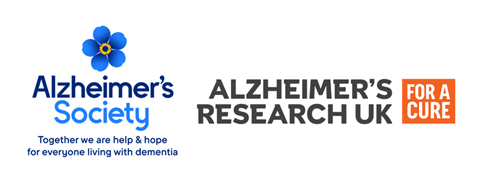
23 April 2024: Acadia Pharmaceuticals Inc has announced that Health Canada has accepted its New Drug Submission (NDS) for trofinetide for the treatment of Rett syndrome, a rare neurodevelopmental disorder. Health Canada has granted Priority Review for Acadia’s submission.
“Rett syndrome is a profoundly debilitating and complex neurodevelopmental disorder that presents differently across patients and can lead to an array of unpredictable symptoms,” said Pamela di Cenzo, Vice President, General Manager, Rare Disease, Canada at Acadia. “If granted marketing authorisation, trofinetide will be the first option available to treat Rett syndrome in Canada.”
Health Canada grants Priority Review for drug submissions intended for the treatment, prevention, or diagnosis of serious, life-threatening, or severely debilitating illnesses or conditions for which there is substantial evidence of clinical effectiveness that the drug addresses an unmet medical need or provides a benefit/risk profile that is improved over existing therapies.
“O.R.S.A. is pleased that Health Canada has granted Priority Review for this promising treatment which, if approved, would be a significant step forward in addressing the unmet medical needs of Canadians living with Rett syndrome,” said Sabrina Millson, President of the Ontario Rett Syndrome Association (O.R.S.A.). “Our community of patients, caregivers and supporters are excited at the prospect of having a treatment option for Rett syndrome.”
The Health Canada filing is supported by results from the positive pivotal Phase 3 LAVENDER™ study evaluating the efficacy and safety of trofinetide versus placebo in 187 girls and young women with Rett syndrome. The co-primary endpoints were change from baseline in the Rett Syndrome Behaviour Questionnaire (RSBQ) total score, a caregiver assessment, and Clinical Global Impression–Improvement (CGI-I) scale score, clinician perspective, at week 12; both were statistically significant. The key secondary endpoint measuring improvements in communication was also statistically significant. Trofinetide has been approved for the treatment of Rett syndrome in adult and paediatric patients two years of age and older in the United States, and it is not currently authorised for sale in Canada for the treatment of Rett syndrome.
About Rett Syndrome
Rett syndrome is a rare genetic neurodevelopmental disorder that occurs primarily in females following a near normal development in the first two years of life.1,2 It is caused by mutations on the X chromosome on a gene called MECP2.3 Rett syndrome is a complex and multisystem disorder that causes profound impairment to central nervous system (CNS) function, including loss of communication skills, purposeful hand use, gait abnormalities, and stereotypic hand movements such as hand wringing/squeezing, clapping/tapping, mouthing and washing/rubbing automatisms.2
Rett syndrome occurs worldwide in approximately one of every 10,000 to 15,000 female births.4 In Canada, prevalence of Rett syndrome is estimated to be 600 to 900 patients.5 Children with Rett syndrome experience a period of developmental regression between 18-30 months of age, which is typically followed by a plateau period lasting years to decades.1-3 Rett syndrome is diagnosed based on clinical evaluation, typically by about three years of age.2,6
References
1 Fu et al. Consensus guidelines on managing Rett syndrome across the lifespan. BMJ Paediatrics Open. 2020;4:1-14.
2 Neul JL, Kaufmann WE, Glaze DG, et al. Rett syndrome: revised diagnostic criteria and nomenclature. Ann Neurol. 2010;68(6):944-950.
3 Amir RE, Van den Veyver IB, Wan M, et al. Rett syndrome is caused by mutations in X-linked MECP2, encoding methyl-CpG-binding protein 2. Nat Genet. 1999; 23(2):185-188.
4 May DM, Neul JL, Satija A, et al. Real-world clinical management of individuals with Rett syndrome: a physician survey. J of Med Econ. 26(1), 1570–1580.
5 Acadia Pharmaceuticals Inc. Data on File. Canada prevalence of Rett syndrome. February 2024.
6 Tarquinio DC, Hou W, Neul JL, et al. Age of Diagnosis in Rett Syndrome: Patterns of Recognition Among Diagnosticians and Risk Factors for Late Diagnosis. Pediatric Neurology. 2015;52:585-591.

